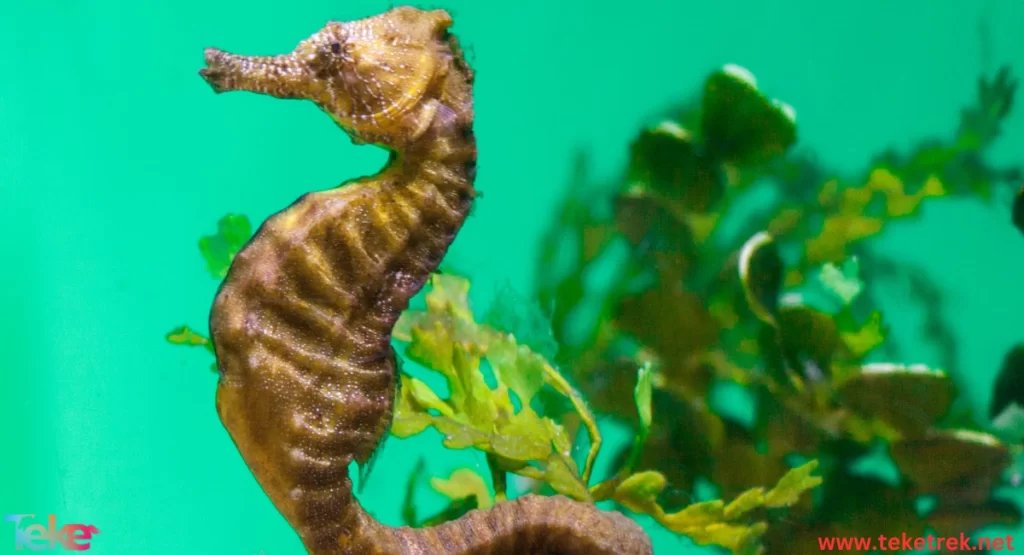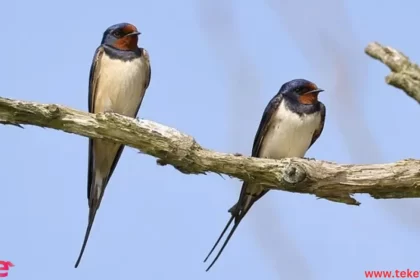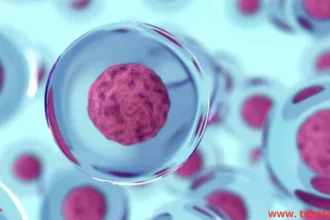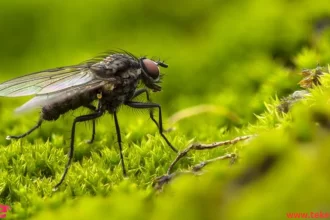The seahorse, also known as hippocampus, is a genus of fish belonging to the family Syngnathidae. It is named for its resemblance to a horse.
The seahorse is a blend of other animals in its shape and appearance, making it one of the most peculiar living creatures. It has the ability to camouflage itself in a way different from any other animal.
So, what is a seahorse? What are its physical characteristics, and what are its types? Let’s explore this creature together in this article From Teketrek.

Description of the Seahorse
The seahorse is typically a color ranging from brown to black, with lengths varying between 4-20 cm.
- It has a flexible neck and a long tubular snout pointing downward, resembling a horse’s head.
- Additionally, it has a tail resembling that of a monkey, allowing it to grasp onto corals, seaweeds, and other objects.
- The seahorse also possesses a pouch similar to a kangaroo’s pouch, which is one of the characteristics that makes it unique and different from other animals.
- Its body is covered in bony plates arranged in rings that protect it from predators.
- As for its eyes, the seahorse has eyes resembling those of terrestrial reptiles. Each eye moves independently of the other, allowing one eye to search for prey while the other keeps watch for enemies.
- The mouth of the seahorse is tube-shaped like a trunk, through which it sucks in its food. Its diet consists of small marine animals, eggs, and some suspended organisms in the water.
- The seahorse lacks teeth in its mouth or a stomach, so the food passes through its digestive system rapidly, requiring it to consume large quantities, sometimes exceeding 3000 brine shrimp per day. It relies on a suction feeding system, which takes time.
- Seahorses breathe through structures called gills located in their mouths, which help them extract dissolved oxygen from the water. They draw water in from their surroundings and pass it through their bodies to exchange oxygen and other gases.
- Seahorses mate for life, engaging in courtship dances that can last for up to nine hours at times. The goal is to strengthen the bond between males and females.
- Male seahorses carry the offspring, as the female deposits her eggs into the male’s brood pouch, called a marsupium.
- A male seahorse can give birth to as few as five or as many as 1,500 offspring.
- Seahorses swim in a vertical position, another behavior that strengthens their resemblance to horses.
- Seahorses have spots, lines, and spiky protrusions that make them distinctive from other animals.
- Seahorses can live from one to five years and can reproduce multiple times during the breeding season.
Seahorse habitat
Seahorses have been found in many oceans around the world, but most species live in tropical, warm, and temperate waters.
- We can focus on the abundance of seahorses in Southeast Asia and the western Pacific Ocean.
- It can be said that seahorses prefer soft coral environments and also live among seagrasses and coral reefs.
The most important Seahorse species
1. Pygmy Seahorse:
Pygmy Seahorse size in cm is 5 cm, it is able to live in very small coral reefs and is considered one of the slowest known species.
2. Brazilian Seahorse:
One of the largest known species, reaching a length of 20 cm. It displays various and different colors and lives in the Atlantic Ocean.
3. Lined Seahorse:
Reaching a length of up to 14 cm, it prefers to live with non-aggressive fish and is characterized by white lines around its neck.
4. Smooth Seahorse:
Reaching a length of approximately 17 cm, it is characterized by its ability to change color to adapt to its environment.
5. Big-bellied Seahorse:
This species is distinguished by its large belly and lives in Australia, capable of reaching a length of 14 inches.
6. Pouched Seahorse:
This species can be found in the Atlantic Ocean, featuring spines and sharp edges, and it has white spots on its tail.
Seahorse diet
Since the sea horse does not have teeth or a stomach, it is necessary to think about how it eats and what it feeds on?
- As mentioned earlier, the sea horse absorbs its prey, feeding on plankton, small fish, and crustaceans.
- The sea horse is considered an animal that does not actively pursue prey but instead waits in place for prey to move and then ambushes it.
- The sea horse consumes very small pieces, eating more than 50 meals and over 3000 pieces in a single day.
Reproduction in Sea Horses
- Sea horses have specific rituals performed by both males and females before mating, including dancing and circling around each other.
- Sea horses are monogamous animals, meaning the male mates with only one female throughout their lifetime.
- As mentioned earlier, the male carries the pregnancy, with the female depositing eggs into the male’s brood pouch. The gestation period lasts approximately 10 days to 3 weeks.
- Additionally, sea horses do not care for their offspring; the young separate from their fathers immediately after birth.
Facts about the seahorse
- Seahorses lack specialized pectoral, pelvic, and caudal fins for propulsion, lifting, and steering towards their prey. Instead, they propel themselves using the fluttering motion of their small dorsal fins.
- Seahorses are masters of camouflage, capable of changing their color over time. Some species can even grow appendages on their bodies to help them blend in with their surroundings.
- Did you know that seahorses create ambushes for their prey? They remain still for periods, anchored to seagrasses, absorbing any plankton and plants, and staying close to their prey without being easily detected.


FAQ about seahorse
- Are seahorses horses or fish?
seahorses are fish.
- Are seahorses only female?
Seahorses are male only.
At the end of our article, we must emphasize the importance and benefits of this creature. It plays a significant role in maintaining ecological balance and helps in keeping the oceans clean by consuming a large number of crustaceans and plankton.






